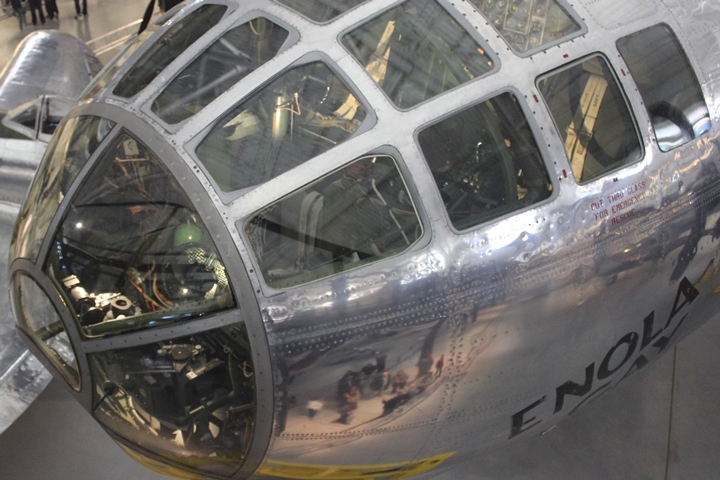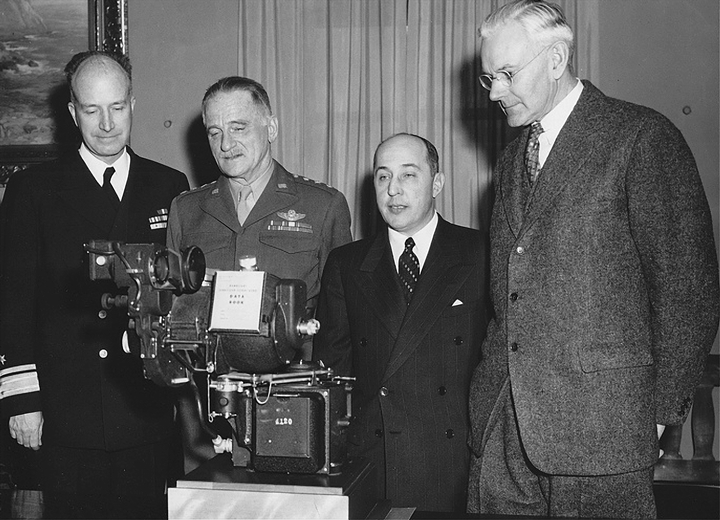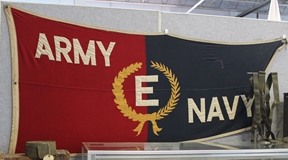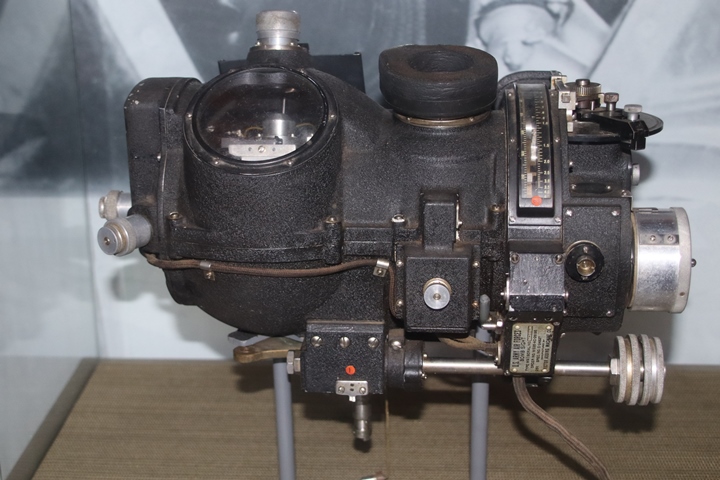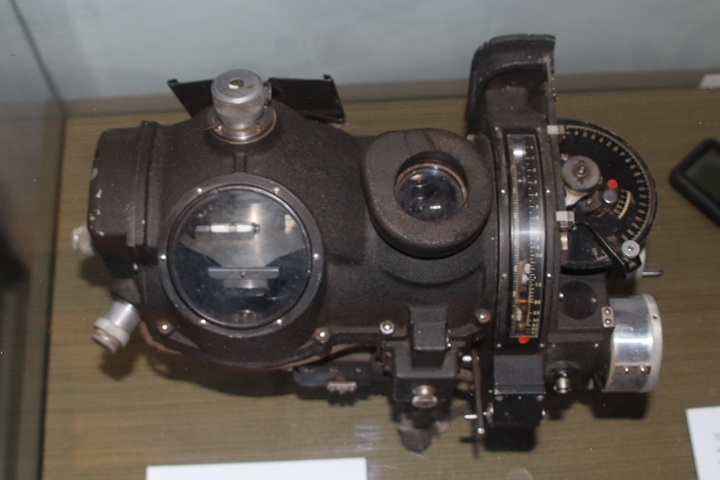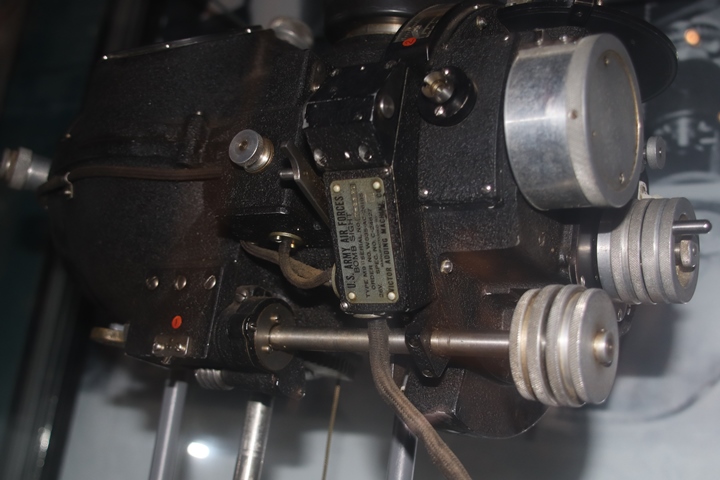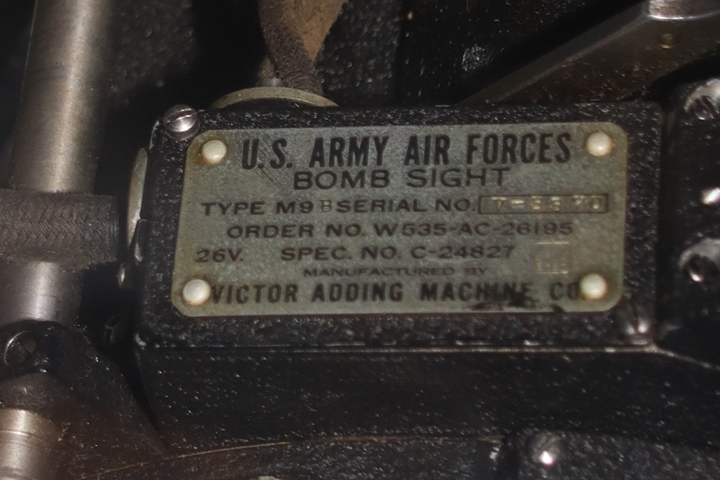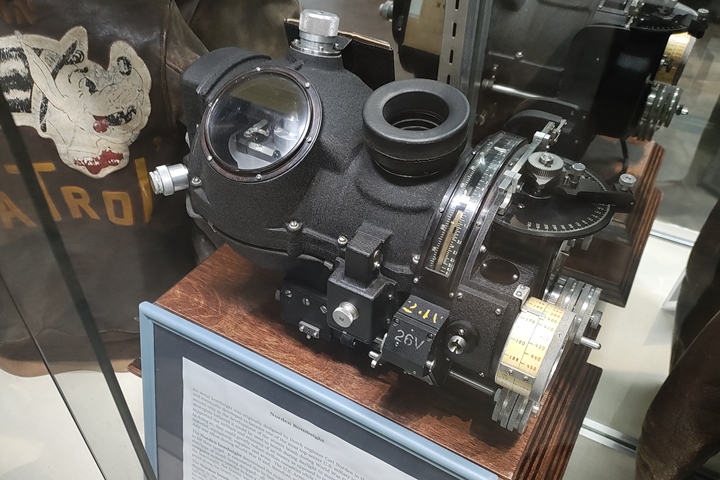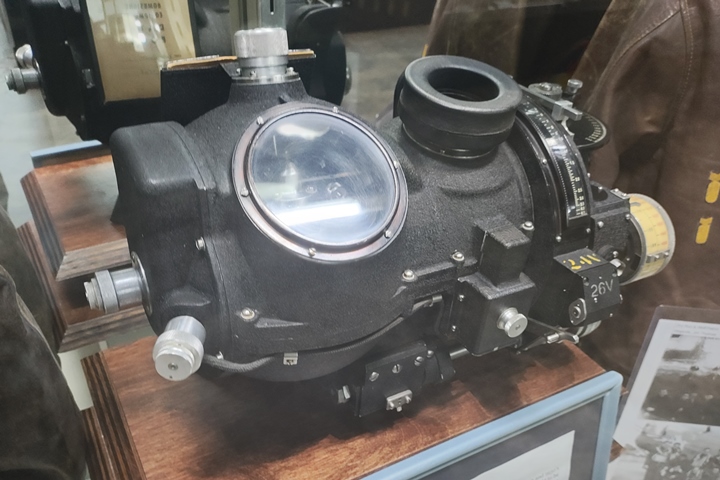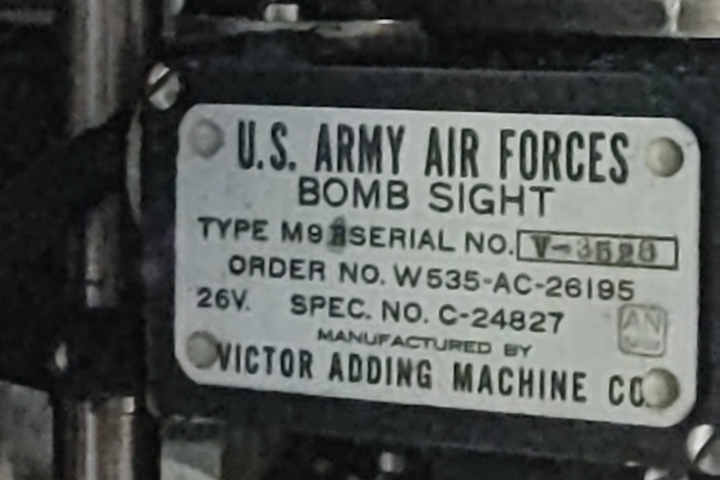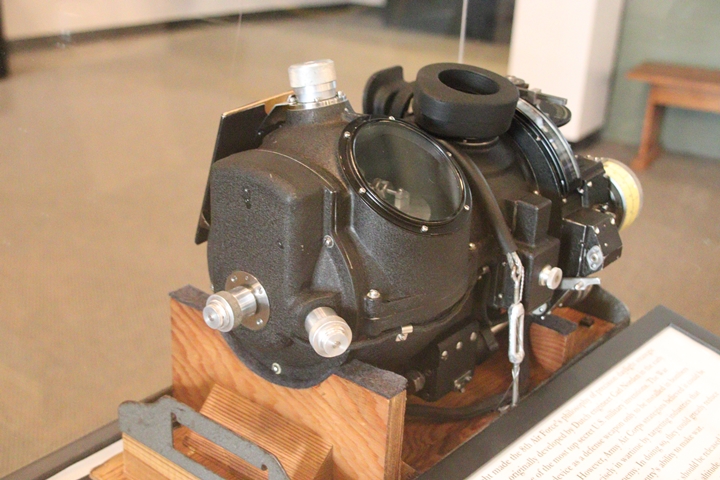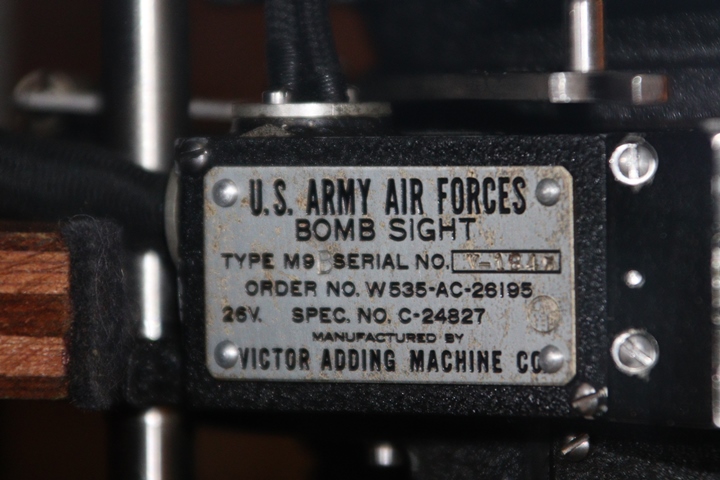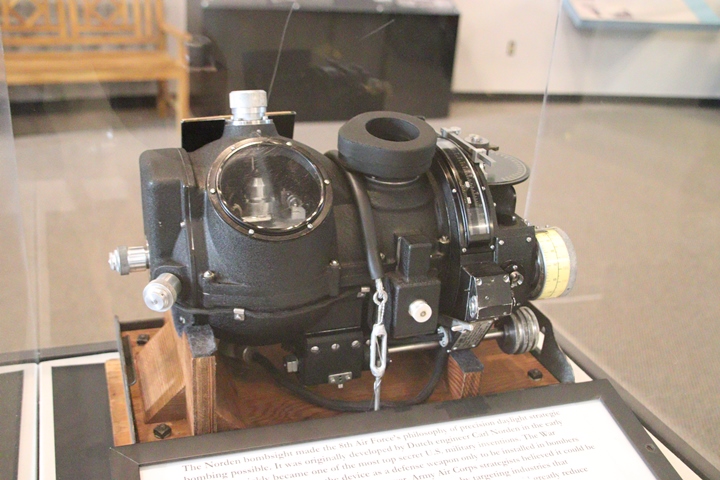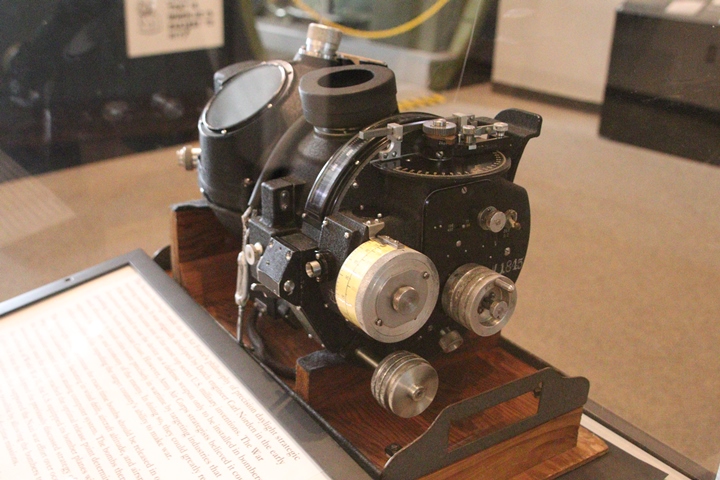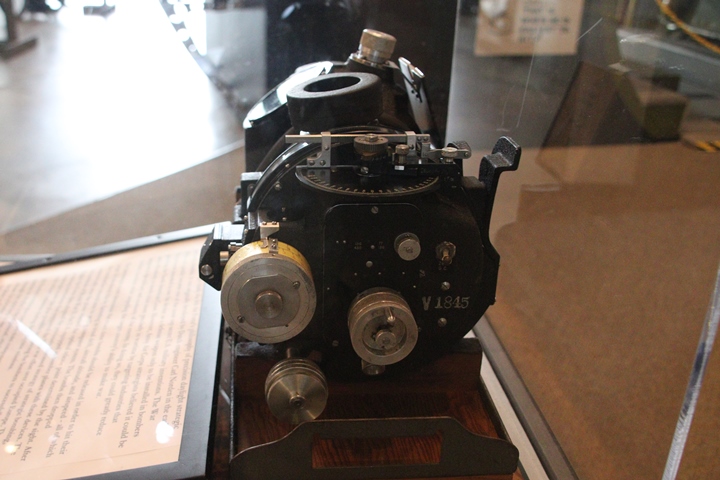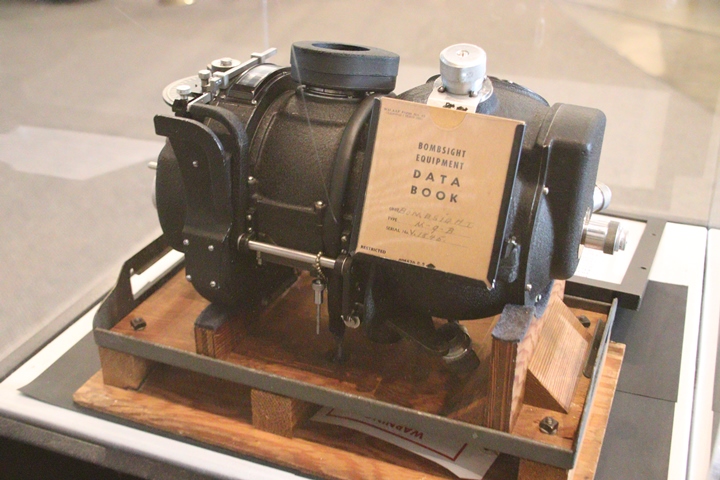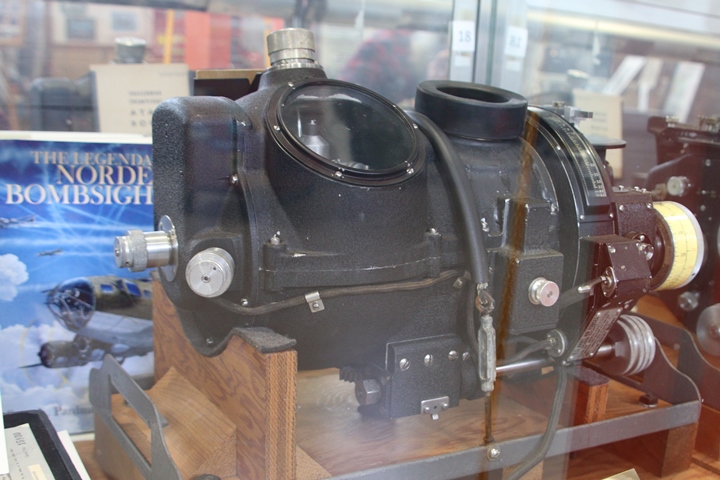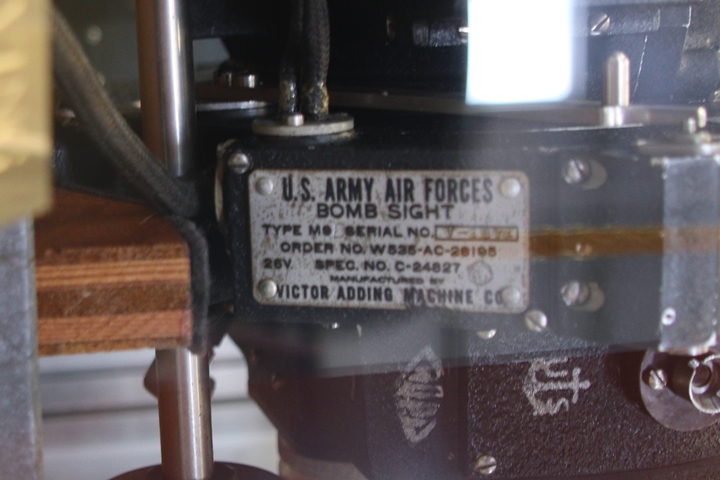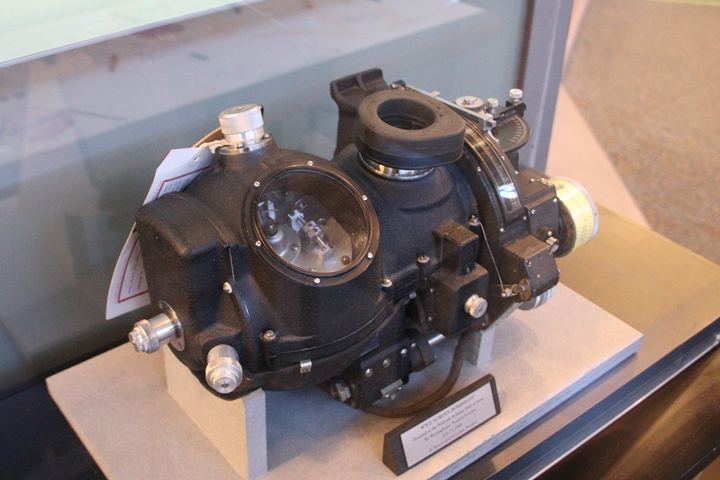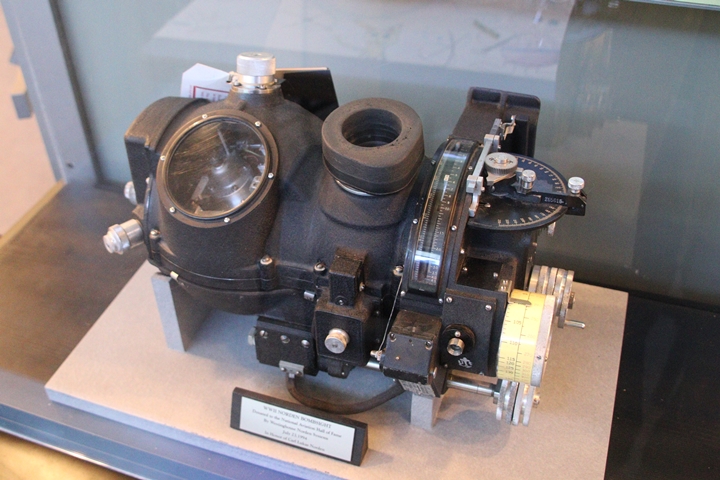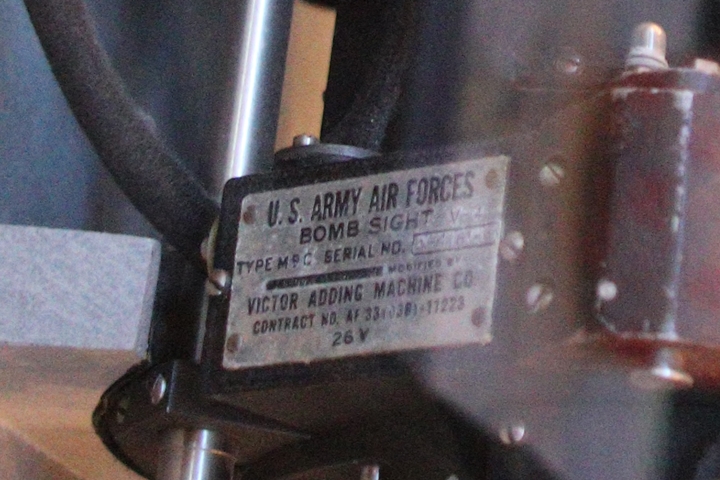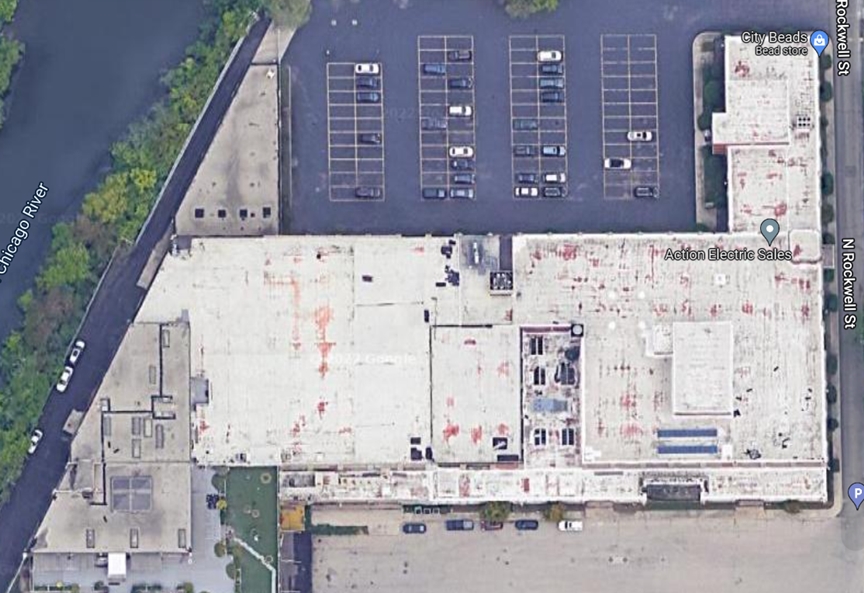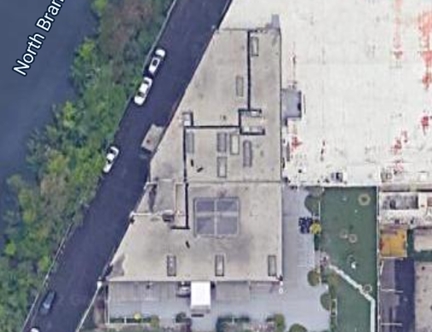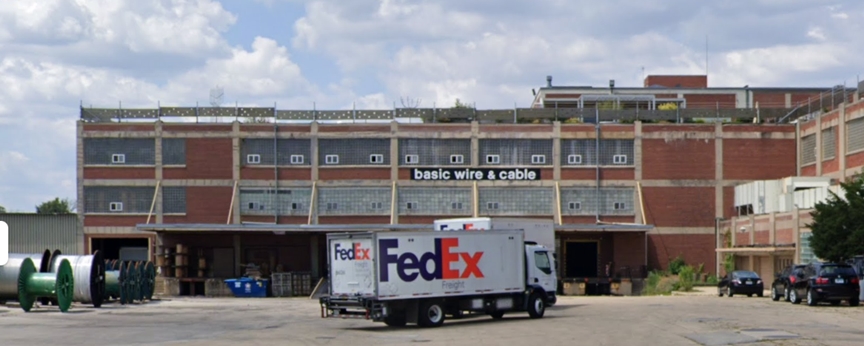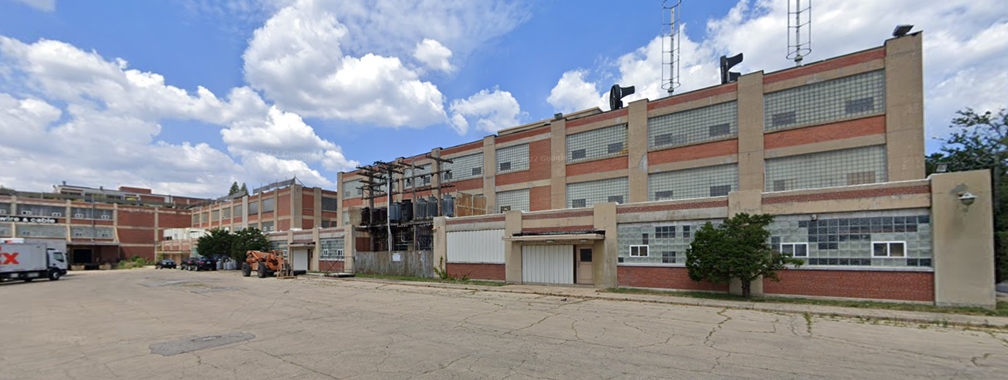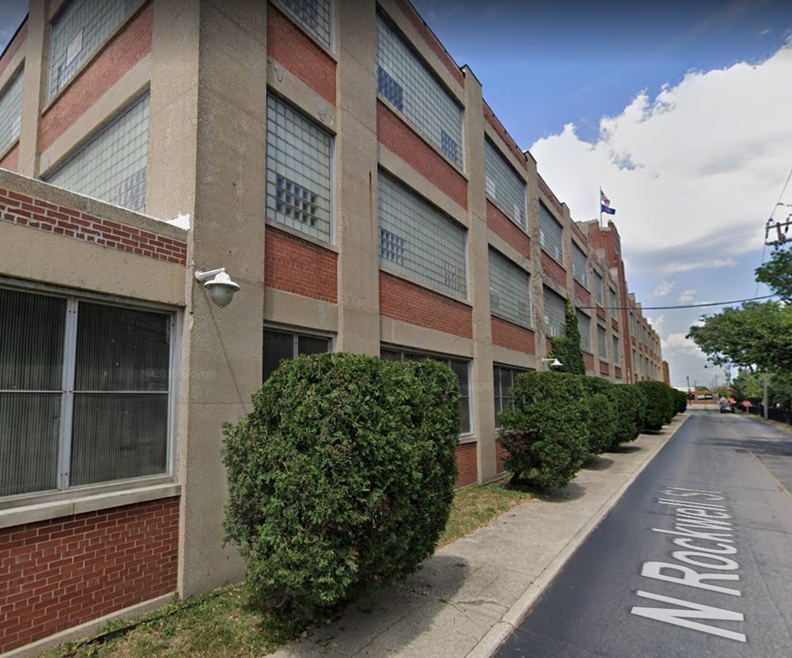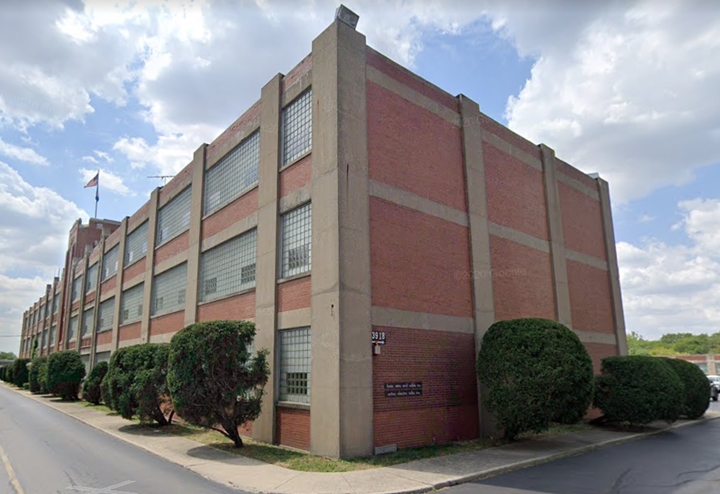|
Victor
Adding Machine Company in World War Two This page updated 1-27-2025.
In the early morning of August 6, 1944, Colonel Paul Tibbets firmly pushed
forward the four throttles on the Enola Gay. The overloaded B-29 started
to pick up speed as it headed down the runway on Tinian Island. The Enola Gay lifted off the end of the runway and disappeared into the
darkness. On board at the very front of the aircraft in the
bombardier's position was a Victor Adding Machine Company-built Norden
type M9 bombsight serial number V-4120. The Enola Gay, equipped
with a Victor Adding Machine Company-built bombsight, was on its way to its date with destiny.
In a quirk of historical fate, a Victor Adding Machine Company-built M9 bombsight was on this historic mission rather than a Norden Company-built unit. The Carl Norden Company designed the Type M9 bombsight and then made 12,743 units which were not used on this mission. The reason is that the Type M9 bombsight was a U.S. Navy responsible product. The U.S. Army, which needed the bombsights for its B-17s, B-24s, and B-29s, had to obtain them from the U.S. Navy. In spite of the fact that the Navy had five other companies building Type M9 bombsights, the U.S. Army Air Forces could not get enough of them from the Navy. Therefore, in 1943 it contracted with the Victor Adding Machine Company to become the only U.S. Army Air Forces' dedicated Type M9 supplier. Therefore, a Victor Adding Machine Company Type M9 made the fateful trip.
The Naval officer at the far left in the photo is Captain William S. Parsons, who was the mission commander on the B-29 Enola Gay when it bombed Hiroshima. However, Captain Parsons' position as the mission commander and the one responsible for arming the weapon while in flight has been lost to history. This is because he died of a sudden heart attack on December 4, 1953, and was not able to tell his story after World War Two. Today, most persons believe Paul Tibbetts was the mission commander, which was not the case. Colonel Paul Tibbetts flew the aircraft. According to the Smithsonian's website, this bombsight is not currently on display in the museum. The question that arises is how did Mr. A.C. Buehler determine when he purchased the surplus bombsight that it was actually the one used in the Enola Gay at Hiroshima? How did he know it was not just a random bombsight that someone told him was what he was looking for? What did the Smithsonian do to verify it was receiving such a historic device? With hundreds of surplus Type M9 bombsights being sold each at $29.95 after the war, how was this one identified to be any different than all of the others? Maybe, it is a good thing it is not on display. What is interesting in the sale of the bombsights is that one day they were a top secret device, and the next day anyone with $29.95 could purchase one. Company History: Victor Adding Machine Co. was a fledgling company in 1918 when Carl Buehler, the operator of a successful chain of meat markets, gave a Victor salesman $100 for what he thought would buy an adding machine. Instead, he got 10 shares of the Victor company's stock. In an effort to protect his investment, Buehler became a Director of Victor in September 1918 and was elected President of the company three months later. The first Victor adding machine, Model 110, was introduced in 1919. In 1921, Mr. Buehler selected his 24-year-old son, A. C., as Vice President of Operations. A.C. assumed control of the company on the death of Carl Buehler in 1932. Within 3 years of Buehler’s takeover, the Victor Adding Machine Company expanded from a fledgling business in a small office in Chicago, to a national company with district sales managers in New York, Baltimore, and Philadelphia. By 1923 there were 400 dealers around the country, and 3,000 just 3 years later. Buehler’s insistence on keeping Victor fully operational during the Depression ensured that the company would fully recover when the economy did. As a result of Buehler’s foresight, it was possible for Victor to become involved in wartime production almost immediately after the U.S. declaration of war in December 1941. A. C. Buehler began to
evaluate the computer market during the 1950s. He decided that the
market had potential, but that he would stay out of it until he could
find or develop a product suitable for both large and small businesses.
The solution came in 1961 when Victor merged with the Comptometer
Corporation, which produced calculating machines and a telecommunication
device called the Electrowriter®. Victor Computer Division was
sold to Tandy Corporation in 1989. In 2015 Victor became the source for
Sharp calculators in the United States and Latin America. They currently
go under the name of Victor Technology LLC.
Victor Adding Machine Company World War Two Products: The company had $35,373,000 in major contracts during World War Two. Of this amount, $23,927,000, or 67.8% of its contracts, was for the construction of the Type M9 bombsight. All of the major contracts the company had during World War Two were with the U.S. Army Air Forces. The first contract, awarded in May 1942 for $7,626,000 for ordnance equipment, is ambiguous. However, the historical record indicates that Victor Adding Machine Company made various connectors for oxygen supply systems, optical gunsights for the turrets in B-24s, and an automatic fire-control and cut-off unit for heavy bombers. This fire-control mechanism ensured that the upper-turret gunner could not shoot off the tail of his own aircraft in combat. The May 1942 contract was most likely for these devices which was 21.6% of its major contracts. Victor Adding Machine Company also made directional compasses for the Army Air Forces under the contract awarded in August 1942. The $1,101,000 was 3.1% of its World War Two business.
The Type M9 Bombsight: This product was the Victor Adding Machine Company's signature World War Two product. Because the Enola Gay bombsight is serial number V-4120, we know that the company made at least 4,120 Type M9s. The company could have made more, but that information is not available.
The Victor Adding Machine Plant: The Victor Adding Machine Company was located at 3900 North Rockwell Street in Chicago, IL. The company no longer occupies the factory, and the building has been re-purposed for use by other businesses.
|
|||||||||||||||||||||||||||||||||||||||||||||||||||||||||||||||||||||||||||||||||
